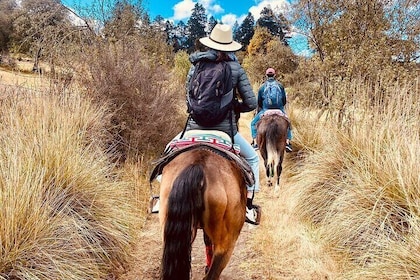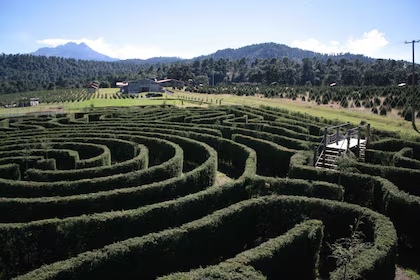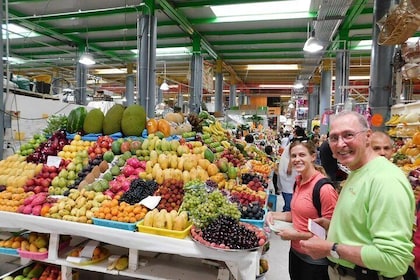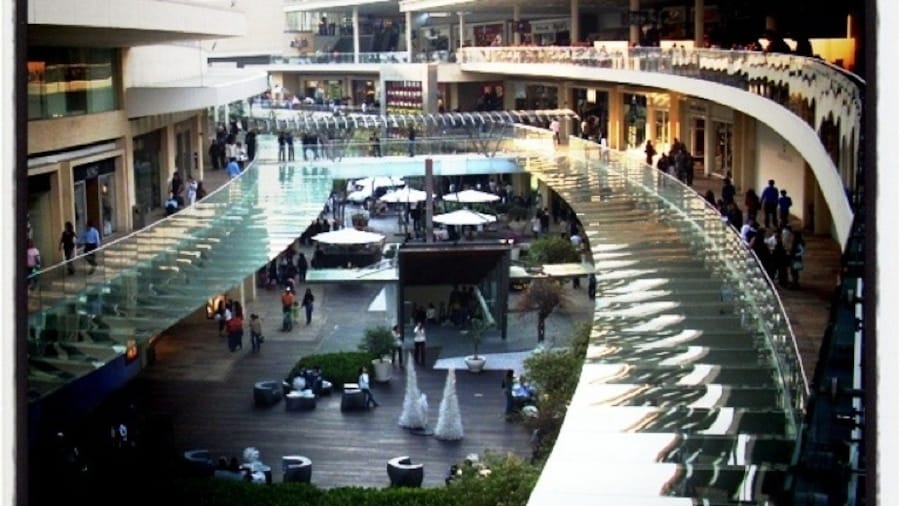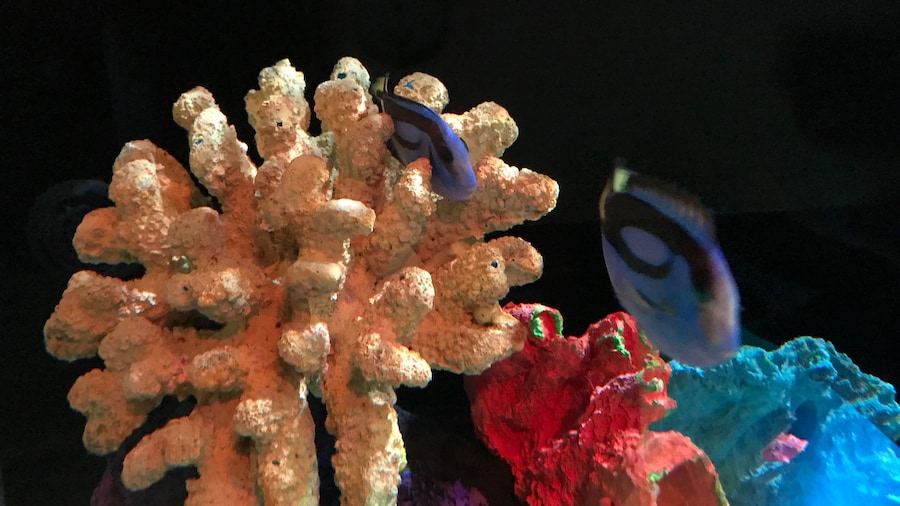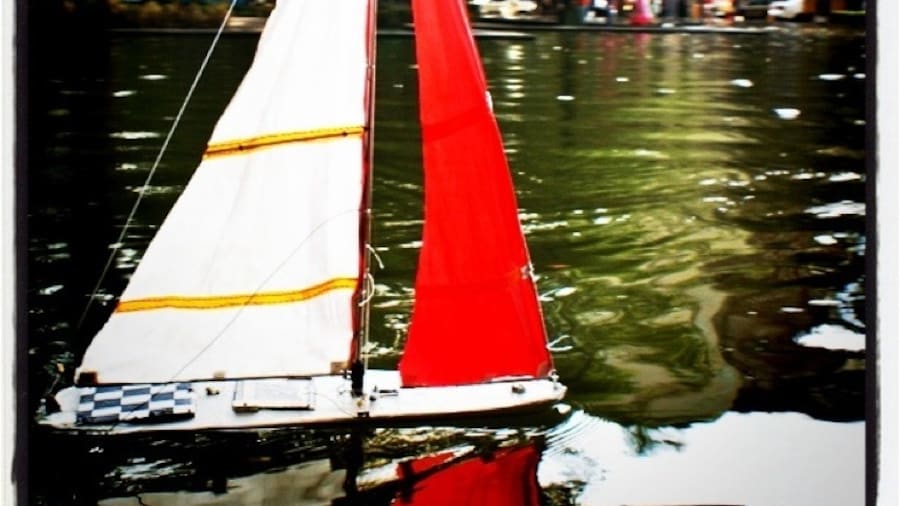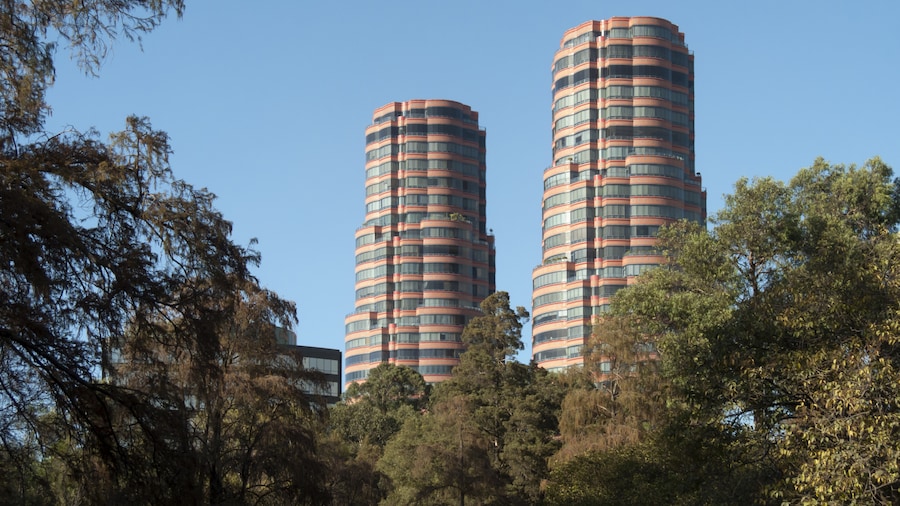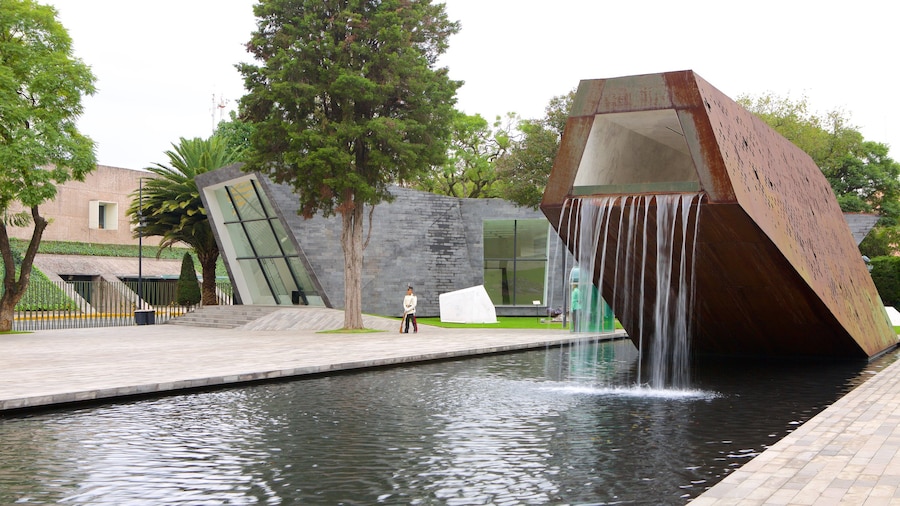Browse the artworks by an impressive collection of Latin American and international artists in one of Latin America’s largest contemporary art spaces.
Step inside Museo Jumex (pronounced WHO-Mex) to appreciate contemporary art, a far different collection from those of the historical museums elsewhere in Mexico City. Notice the distinctive sawtooth roof of the otherwise boxy three-story museum building, constructed in 2013 by British architect David Chipperfield. Despite this plain exterior, the art concepts inside the structure are quite contemporary. The collection of more than 2,700 pieces belongs to Eugenio López Alonso, heir to the Grupo Jumex food and fruit juice conglomerate.
Many of the permanent works are by recognized international artists, such as On Kawara, R. H. Quaytman and Yoshihiro Suda. Established and rising Mexican artists also hold spots. See the Gabriel Orozco interactive Oval Billiard Table and Damián Ortega’s outdoor kinetic installation. Rising Mexican artists include Minerva Cuevas, Teresa Margolles and Eduardo Terrazas. As with all contemporary art, stop and view each piece and think about the artist’s intent and your personal reaction.
In addition to the permanent collection, see the museum’s frequent temporary exhibitions. Past works have included the inaugural show of James Lee Byars’ ink paintings and origami, Calder’s Discipline of the Dance and The Permanent Revolution, a marionette play by Pedro Reyes.
Along with its temporary exhibitions, the museum frequently weaves together related activities including seminars, roundtables, workshops and conferences, often free with the purchase of general admission. One recent example is a workshop of exercises reflecting on the value of the printed image, along with a guided tour of an exhibition of conceptual artist Allen Ruppersberg’s work, What is a Stamp? This exhibit was accompanied by a reading of Allen Ginsberg’s poem Howl.
The Museo Jumex is open from Tuesdays through Sundays from morning to evening, with free admission on Sundays. Mexican citizens pay a reduced admission fee and students, seniors and children under 15 enter for free any day. Car parking is by valet only. Alternatively, ride a bike or take the San Joaquín or Polanco lines of the subway. Stop in the museum’s café for a snack, drinks or a full meal.




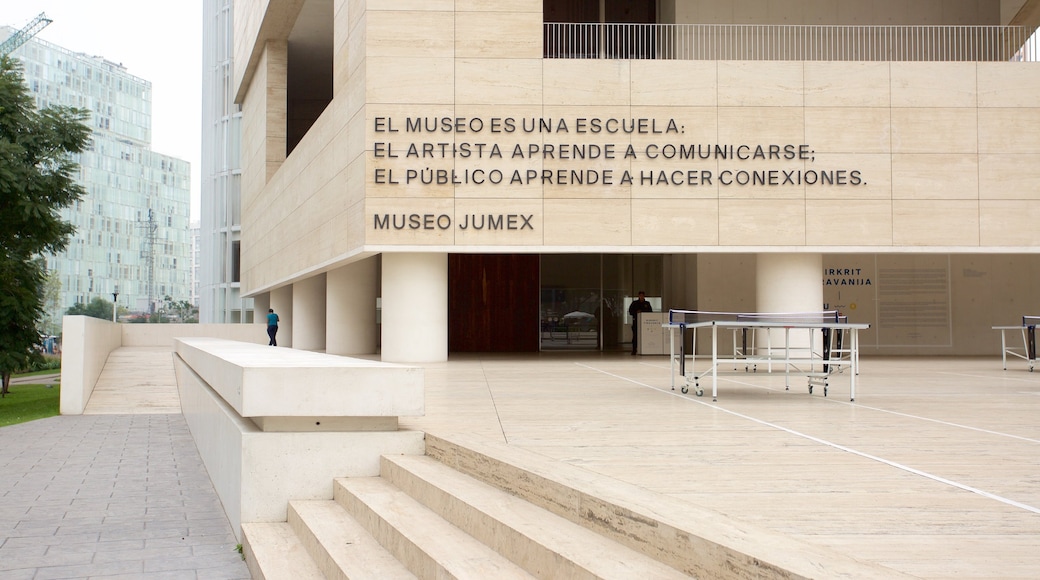
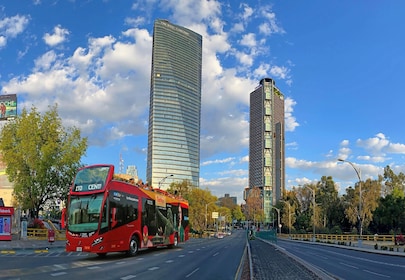

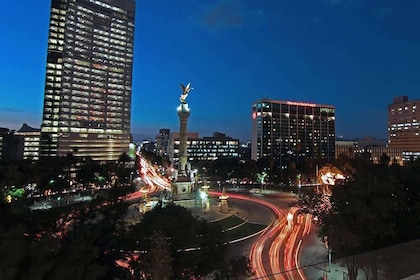

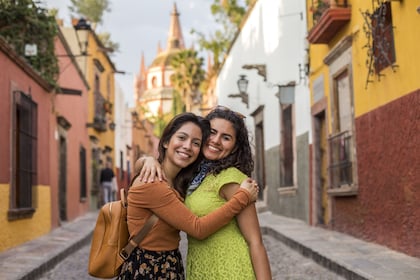



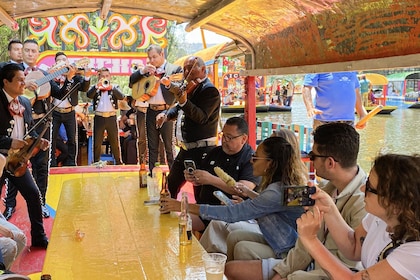



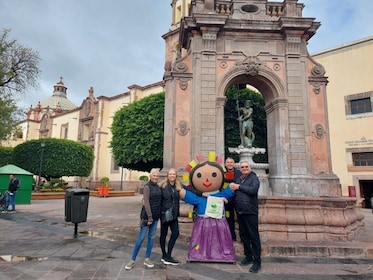
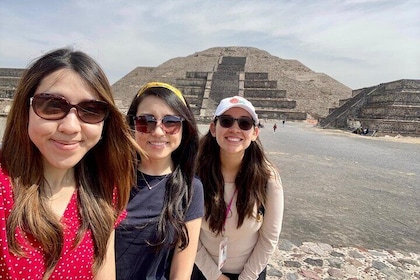



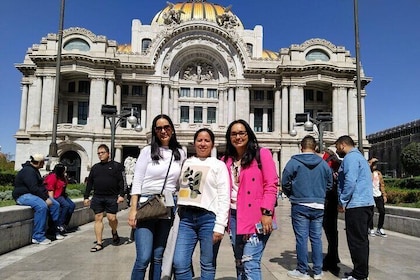




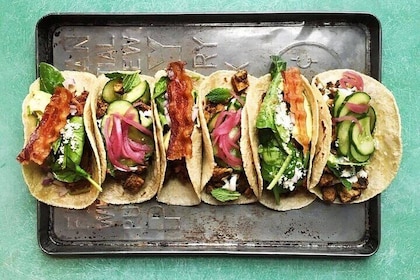

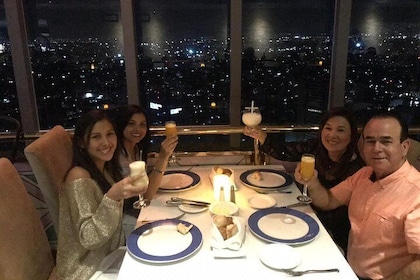


![Frida Kahlo VIP [Museum Tickets Included] Walk, Markets & Churros](https://mediaim.expedia.com/localexpert/46412059/4d1c2a37-203c-41d5-9403-6c5a28e68093.jpg?impolicy=resizecrop&rw=500&rh=280)


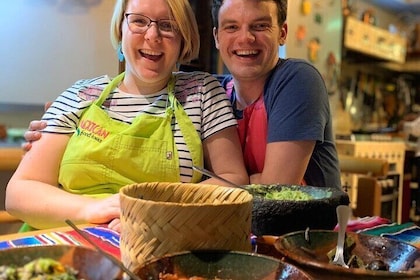




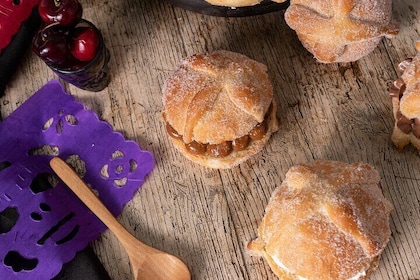


![Frida Kahlo VIP [Museum Tickets Included] Bike, Markets & Churros](https://mediaim.expedia.com/localexpert/46206678/8c901bf2-984d-4df4-9b1b-c5679c6669c3.jpg?impolicy=resizecrop&rw=500&rh=280)
